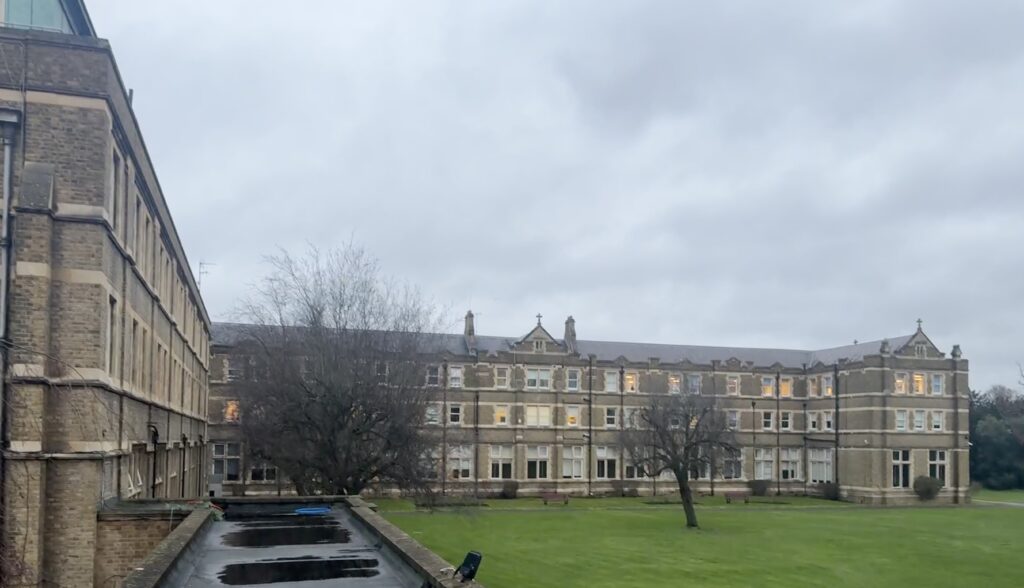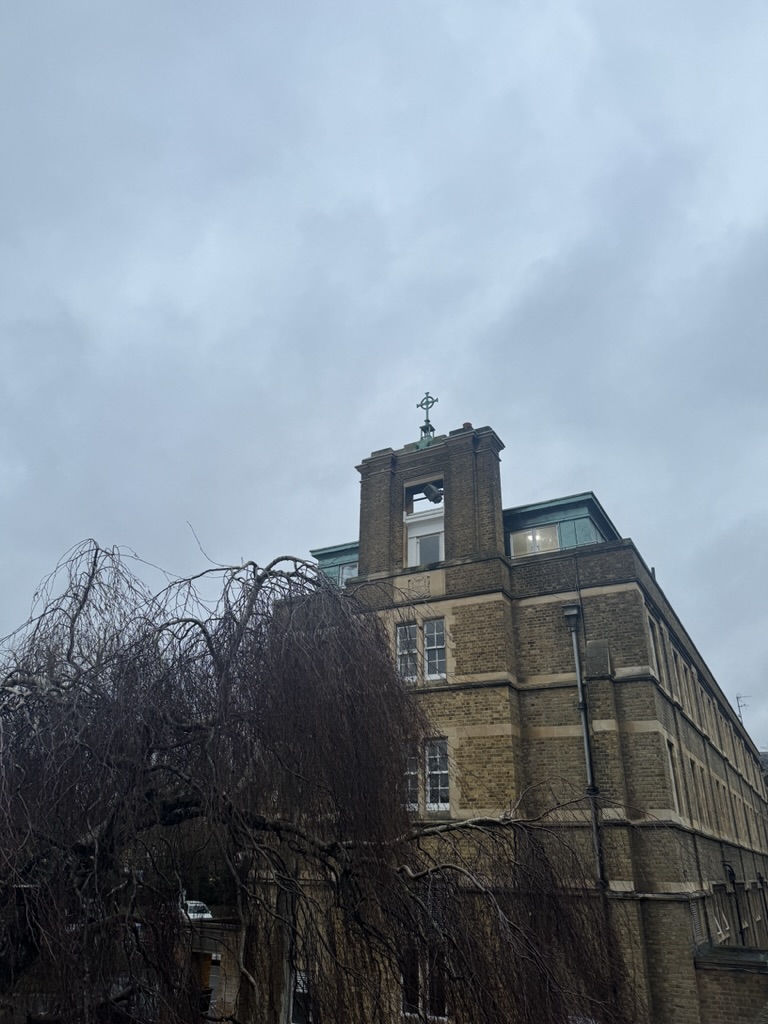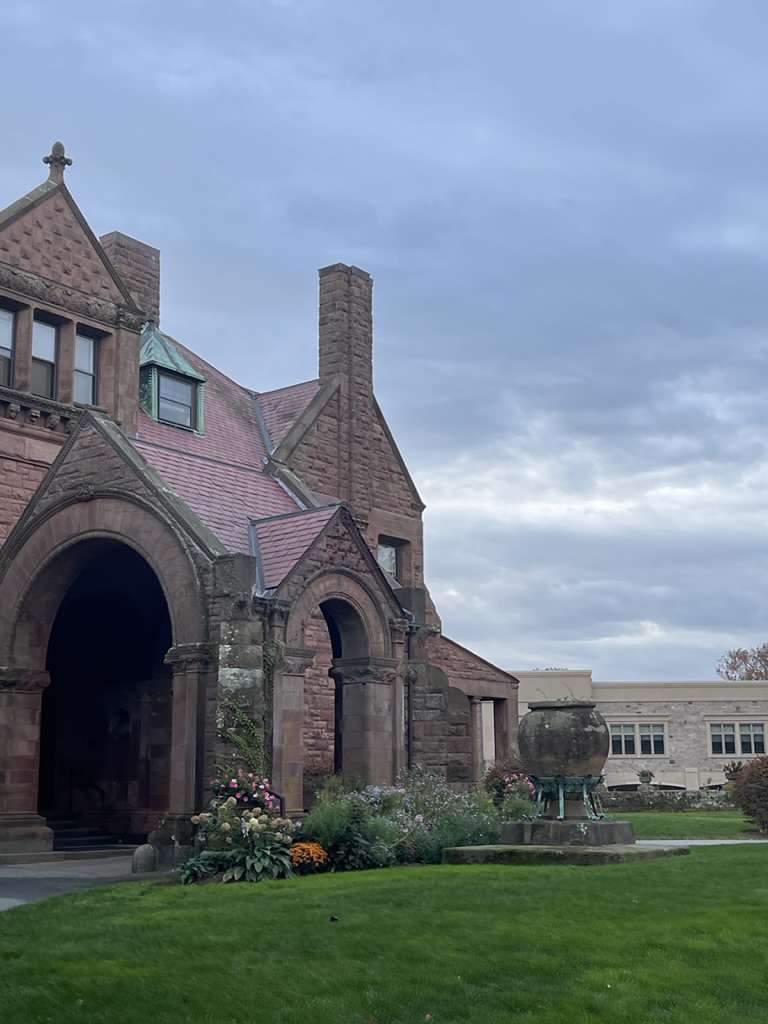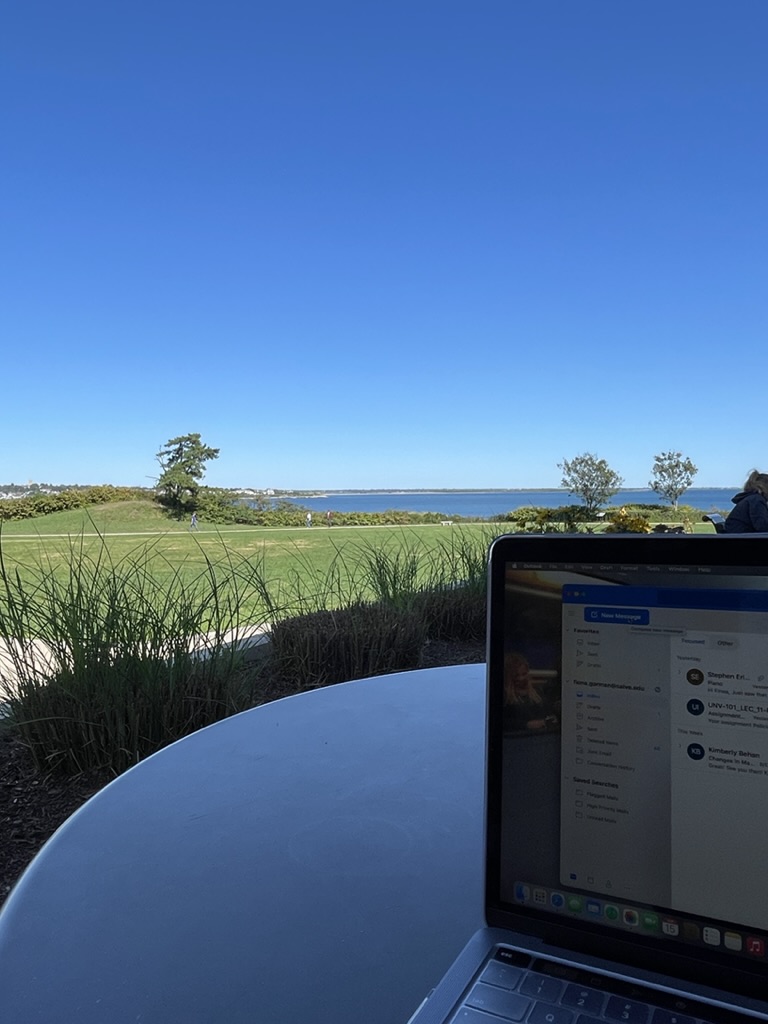In a conversation with a local on a train ride out of London, they asked a question about our group’s abroad experience, “What are the biggest differences you have all noticed between England and America?”. We notice differences every day, but the question still took us a minute to think about. Our responses concerned the typical answers of food, driving, and dress. Ever since this conversation I have been trying to take note of more specific differences between the United States and England. While reflecting, I thought about one of the most relevant differences while being an education major and studying abroad- the higher education systems. There are some notable differences between education at Salve Regina University in the United States and St. Mary’s University in the United Kingdom.
Firstly, terminology differs between the two systems. The word “college” is used more frequently in the United States to refer to higher level education, while in the UK and Europe the word “University” is more likely to be used. “Majors” and “minors” are referred to as a student’s “degree subject” or simply “topic of study” in the United Kingdom. At St. Mary’s the courses you take are called “modules”. Each meeting for the course is referenced as a “lecture”, “seminar”, or “tutorial”. Lectures are used for professors to present the content and relevant information to the topic. Seminars are a part of the class that involve conversation, answering questions, and speaking about observations you made about the content in the lecture. Tutorials are meetings with the professor alone or with a small group to directly work on an assignment or project. Typically, the lecture is the first half of the period, and the seminar is the second half. I have had only one tutorial so far, but other modules can have them weekly. At Salve Regina, courses and meetings are often referred to casually as “classes” or “lectures”. These meetings consist of note taking, completing assignments, discussion, group work, and assessment taking.
In terms of scheduling and class time, my typical schedule at Salve Regina was a packed week of five courses, each meeting two to three times a week for 50-75 minutes (with the exceptions of labs and music lessons). At St. Mary’s, I am taking four courses with meetings for each course held once a week, for three to four hours. This means fewer face-to-face sessions but more emphasis on self-directed learning. Initially, I was nervous about sitting in the classroom for three to four hours at a time. I thought this difference would be the most difficult to acclimate to, this feeling soon went away after the first week of classes. The professors keep discussion active, and breaks are given in the middle to separate the time. A great aspect of this new schedule structure was the amount of time left over to explore and travel around this country and the rest of Europe. I rearranged my schedule so I will be in the classroom 3 days a week and I can more easily balance my schoolwork with travel plans. With proper preparation and planning I am able to fit in all of my travel plans and achieve my academic goals while away.
Coursework and assessments differ at each institution. At Salve Regina, there’s a mix of class-to-class homework assignments, readings, projects, and ongoing grading with feedback from professors. Meanwhile, the modules I take at St. Mary’s have fewer graded assignments. The assignments include a midterm and a final paper that cover the overall concepts discussed in class. Weekly recommended readings are assigned so students can more effectively participate in discussion and take notes for their future midterm and final. Since the professor is not directly monitoring our class to class reading habits, I quickly recognized that keeping up with the weekly readings would significantly enhance my performance in the module. I had to learn to take more accountability with my independent learning. Although there are a lesser number of assignments, the midterm and final paper count significantly more for your final grade.
The grading system in the United Kingdom differs from the United States. In the US, letter grades (A-F) represent numerical values out of 100. In the UK, they use a point and percentage system. Receiving a 70 or C is considered just passing in the US, but getting a 70% in the UK is considered a job well done. This was nerve wracking when receiving my first midterm assignment back, until I quickly learned the change in grading. Additionally, there are variations in the digital platforms used for coursework and grading. Salve Regina uses Canvas, while St. Mary’s relies on Moodle. Instructors use Moodle for attendance and posting the weekly lessons ahead of time, so most students acclimate quickly to the software. All of my weekly readings are on Moodle, so I did not have to purchase any textbooks. At Salve Regina a significant portion of my personal school budget is put towards the resources and textbooks I need per semester. These adjustments are all a part of the international learning curve.




Despite the variations in each system, the similarities are prominent. Both Salve Regina and St. Mary’s coursework emphasize analysis and critical thinking, so the academic skills learned at home are very useful on assignments here. The quantity of assignments differs, but the prompts and goals of assignments are similar. Thankfully, at both universities there are a ton of academic supports. The professors, librarians, advisors, and counseling are all available for the students. Professors are approachable and supportive throughout the course. The liberal arts education system is present at both universities and students take more specialized classes as they progress through their school years. Additionally, Salve Regina and St. Mary’s are both known for their programs in Education, which is why I chose to attend both schools. The shared emphasis on critical thinking, the abundance of academic support, and the Liberal Arts education at both universities offer a fulfilling educational experience.
Overall, the contrasting approaches highlight different priorities in higher education. While Salve Regina emphasizes regular class meetings and continuous assessments, St. Mary’s encourages independent study and class discussion. Experiencing these education systems firsthand has been enriching. The differences in education, workload, and the travel/study balance are all aspects many people looking to go abroad are nervous about. Learning to adjust in new environments is a skill that comes with being away from home. Understanding each country’s differences makes the experiences of being away more valuable.

Comments are closed.